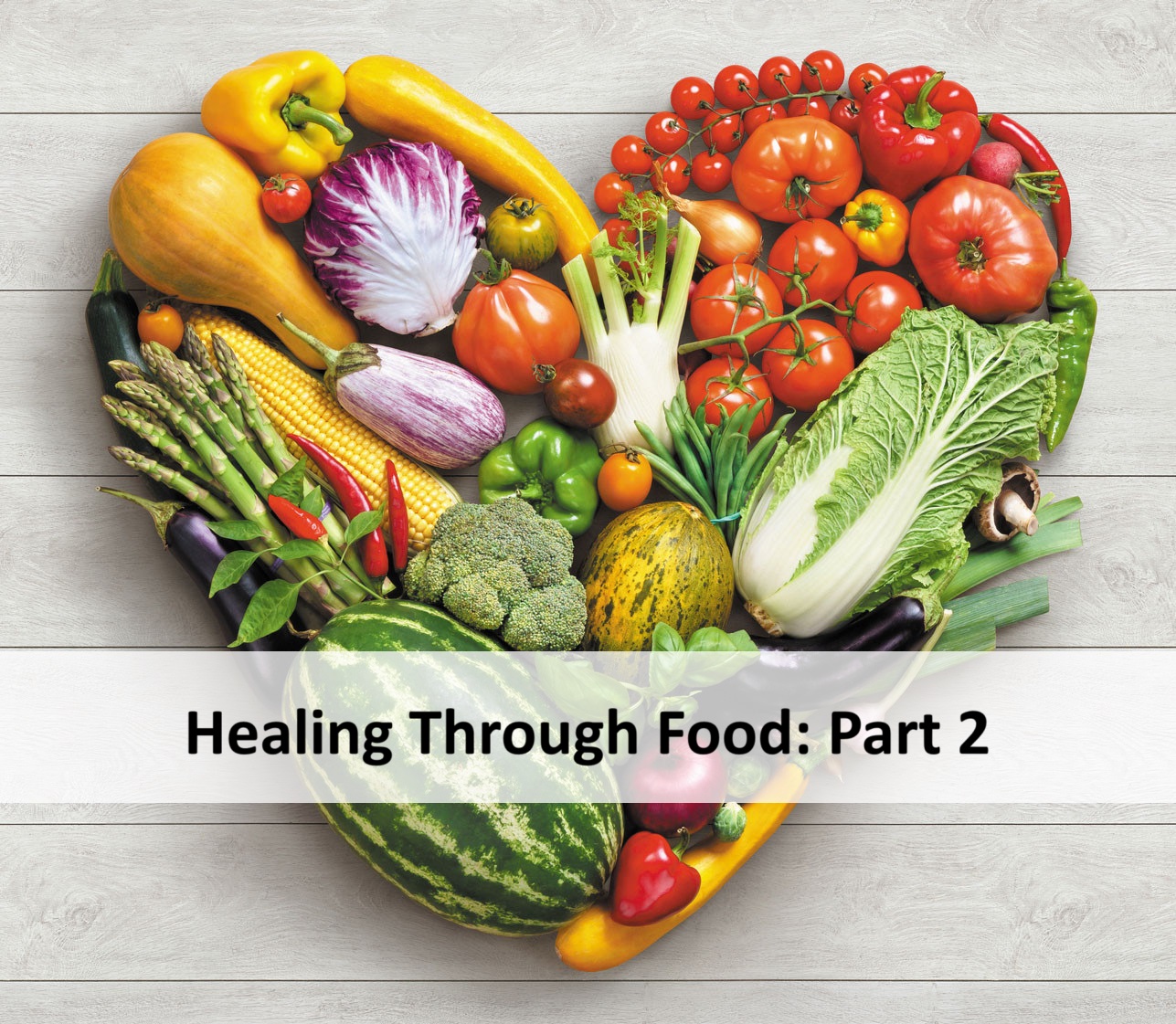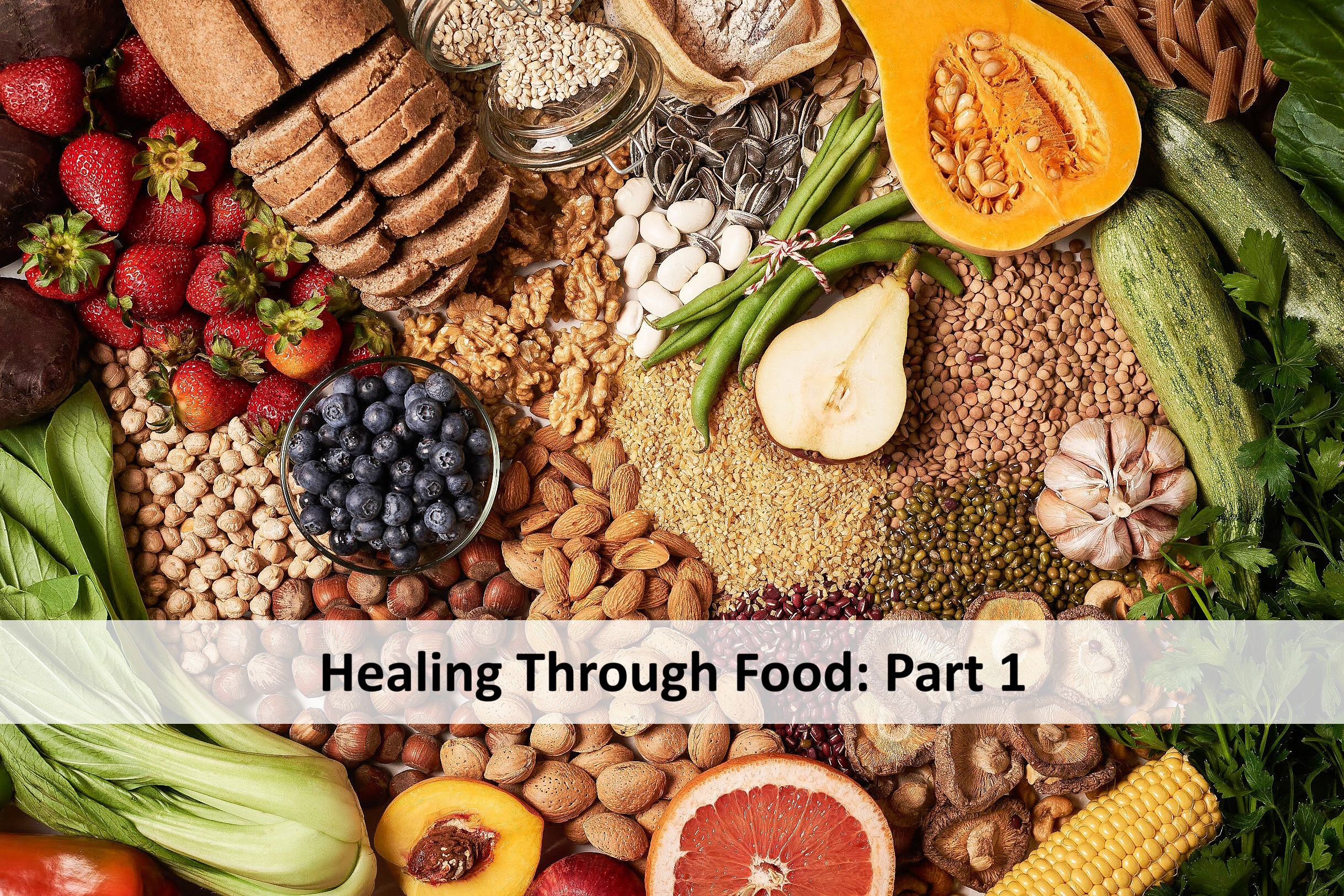This fall Sadhana Forest is hosting its third Permaculture Design Course running from September to December 2011. The course is half way through now and inline with the schedule we arrived at the item that we have all been waiting for: a field trip to Madhya Pradesh!
So we left Sadhana Forest and set off on the long journey through four separate states finally arriving at our first destination: the demonstration farm of a very successful (and I may add: very inspiring) organic farmer, Deepak Suchde. Deepakbhai has dedicated his life, together with some other researchers to the development of a farming method that they call “Natural Ecofriendly Farming Science” or short “Natueco” which he teaches at his farming site in rural Madhya Pradesh to Indian farmers, scientists or – in this case – to a group of Permaculture students from all over India, Europe and the US.
On arriving at the farm, instead of giving us a tour Deepakbhai invited us to take a silent walk through his compound to simply observe and feel with all of our senses what was happening around us. Having done this we discussed those observations as a group to find that, amongst other things, we had all been touched by an overriding sense of peace and calm whilst exploring the land, a soft energy where nature and man existed together in harmony.

And indeed, one of Deepakbhai’s core principles not only in his life but also in regards to farming is non-violence. He doesn’t till or plough his land and doesn’t practice any form of pest control whatsoever believing that the plants – when encountering some form of health problem – invite the pests to feed on them because they are not fit for human consumption; the plants wanting to enter the human body in the purist most nutritional state. Or they invite the pests which perform a natural process of “pruning back” reviving the plants health naturally.
This is only one example of Deepak Suchde’s highly alternative approach to farming and interestingly his yields are more than impressive. Most of his plants are bigger and bear more fruit than any ‘expert’ believed possible. This is also due to a practical methodology that the average person with find easier to grasp and conprehend: the production of Amrut Jal and Amrut Mitti. The former is a solution of water, cow dung, cow urine and jaggery (see below) which is applied on the plants for root treatment and to enrich the soil, because a good soil is the basis for every plants well being.

Amrut Mitti is a technique to create high quality soil in a very short time using Amrut Jal, soil and green manure and applying it in layers over a certain time period. We can achieve, in a short period of time what nature needs centuries to do on its own. This is especially interesting because the worldwide loss of topsoils is one of the most urgent environmental problems we are facing these days. Although we cannot apply these new learned methods back home in Sadhana Forest because we are a project dedicated to veganism, they are still having great value for improving the situation of small farmers all over India.
If you are interested in learning more about Natueco farming visit the website http://www.natuecofarmingscience.com or pay Deepakbhai a visit. You won’t regret it.
After four days of enjoying Deepakbhai’s hospitality (and his more than delicious vegan food) it was time to move on. We left in a quiet contemplation mulling over all the things we had learnt and feeling inspired and excited to put some of these techniques and beliefs into practice at our next stop Mata Anandamayi Peeth ashram in Omkareshwar. Stay tuned for the second part of our travels!




Manas says:
February 10, 2013 at 10:58 am -
Thanks for this great piece of information in which i came to know most importantly about sadhana and the work you are doing. I am interested and want to learn the permaculture and sustainable living process .. natural architectures and its feasibility in urban areas.. as my thought is to make urban people aware of rural life and telling them how sustainable it is…Looking forward to get in contact>
thanks and regards
Manas